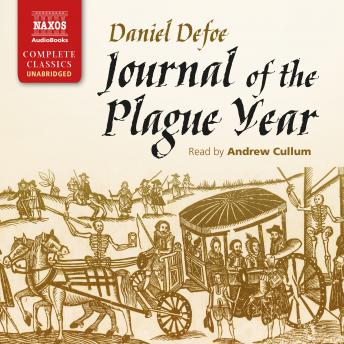

But he finds something positive in the way the disaster brought about the reconciliation of people with different religious views: “. Towards the end of the book, its narrator reflects on how much has been destroyed: lives, livelihoods, and much of the trade on which the economic success of the city depended.

Even so, mortality continues to increase. They direct that households containing an infected person should be shut up and a watchman appointed to ensure that no one escapes that graves be dug at least six feet deep (a practice that has persisted ever since in England) that extra people are employed to carry away and bury the dead. Magistrates are forced to take emergency measures to curb the spread of the disease. Some see an opportunity to make a fast buck by taking advantage of a ready market for useless prophylactics and quack cures. Merchants try to find sanctuary on their ships moored on the Thames. Instead, he gives us a worm's eye view of how the texture of everyday life is turned upside down in a city hit by a disaster that its inhabitants could neither understand nor mitigate.Īs the epidemic takes hold in the outer parishes of London, the rich, including the royal court, close their houses and flee. And there's no fancy writing-no imaginative description, no dramatic crises, no surprises. There's no attempt at characterisation indeed, the only character in the book is the narrator and the reader learns little about him except that he's an acute observer with a sceptical turn of mind. There's no plot-just a straightforward linear narrative. I doubt if Defoe would score high marks on a contemporary course of creative writing. No, like any modern novelist, he must have researched it and imagined it before he wrote it. But, although its author, Daniel Defoe, probably did do exactly that, he can only have been about 5 years old at the time of the epidemic and his childish recollections would surely have been too distant and too unreliable to allow him to write about it more than 50 years later. It reads as if it were an unembellished account of the personal experiences of someone who survived the epidemic of bubonic plague that struck London in the summer of 1665. A Journal of the Plague Year is a work of fiction masquerading as a work of fact.


 0 kommentar(er)
0 kommentar(er)
